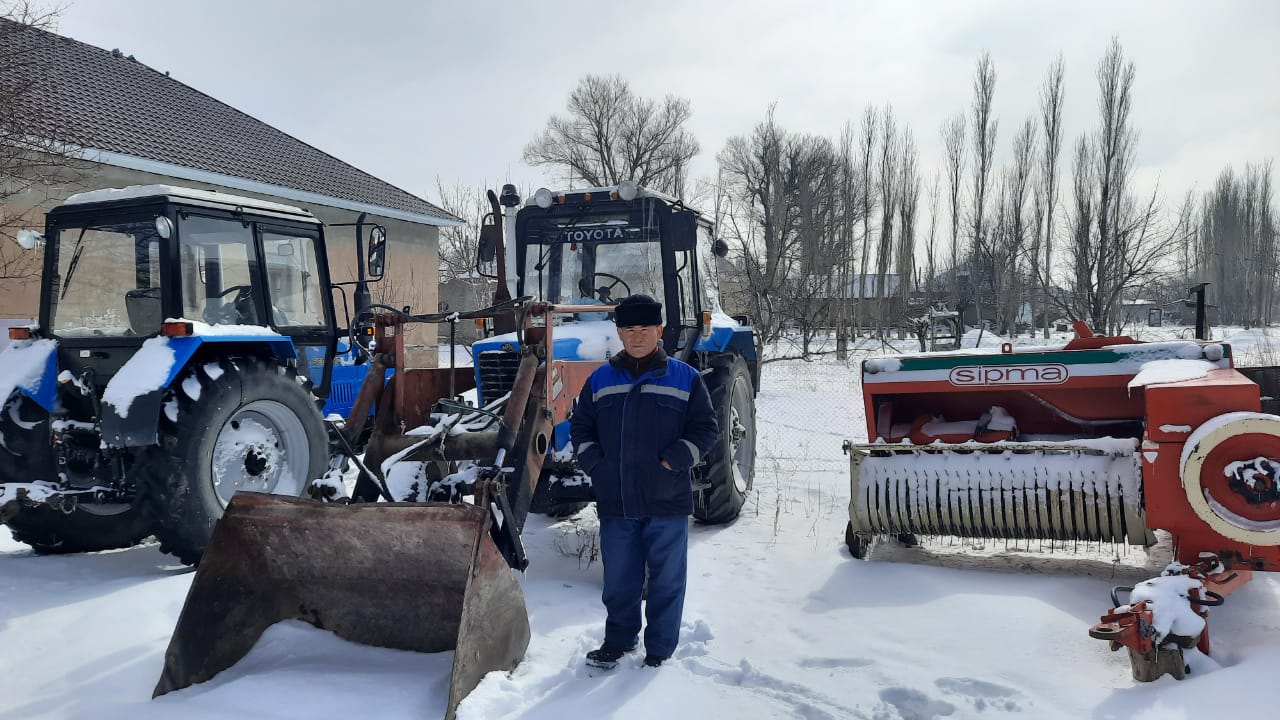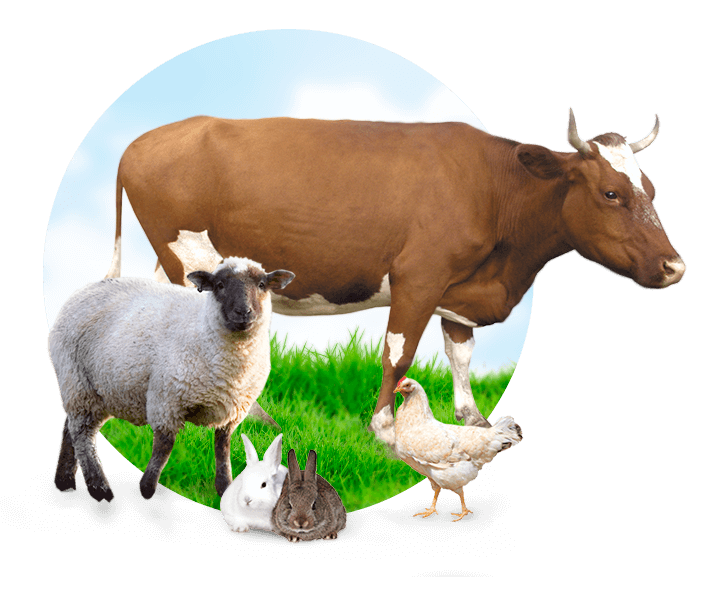
- Главная
- Новости
- Thanks to Monoammonium Phosphate (MAP)10:46, every year we gather 10-15 centners of yield per 1 hectare – N. Torekulov, head of Ecos farm household, Zhambyl region

Soon the farmers of the country will start spring field works. Now many people buy parts for agricultural machinery in advance, calculate the funds allocated for fuels, lubricants and fertilizers. They also keep the focus on precipitation and the weather forecast. After all, in the end, all this will be compensation for the costs and efforts invested. In this regard, we talked with our client, the head of Ecos farm household in the Zhualyn district of the Zhambyl region, Torekulov Nurlykhan Auesbekovich, who has been using mineral fertilizers for many years.
Nurlykhan Auesbekovich, please tell us about your experience in farming.
About 15 years ago we created a farm household. In parallel, we are engaged in agriculture and cattle breeding. Now we keep one flock of sheep and cattle. We also sow barley and wheat. We own 200 hectares of fields. We carry out all the work of the farm household together with our son. Only during the repair of one tractor and other agricultural machinery, preparation for spring field works, two additional people are involved. We provide them with constant work during sowing. I believe that at the moment it is necessary to voice the problem of the lack of specialists. Farm households, like ours, need machine operators who can handle machinery.
You said that you have 200 hectares of land. Will this land be completely sown? How many silos have been filled with wheat in recent years?
There are several factors that influence the production of a rich harvest. If you choose the right seed condition, soil composition, moisture, fertilizers and minerals, as well as the technology used, then your efforts will not be in vain. In order for the crops to be yielding, farmer needs to take into account all these points and adjust the shortcomings in advance. For example, earlier we were limited only to plowing the land and sowing seeds. Thus, in the autumn we were content with the harvest. It is clear to everyone that precipitation or drought has a direct impact on the number of crops. However, crop cultivation technology is not just words, we are convinced that with its observance, performance can be improved. How did we achieve this? We first divided the sowing fields into two parts. One year we sow only one part of the grain, the other half rests throughout the year. Cultivation is carried out, the plowed land is loosened and leveled again, work is regularly carried out to enrich the soil composition with fertilizers. That is, the soil is brought into line. The deficiency of various impurities in the soil is eliminated. Our aul is located in a rocky terrain. Due to the fact that it is located on a mountainside, the snow that has fallen throughout the winter melts in the spring, flows down and does not have time to soak into the soil. Therefore, we enrich the soil with ammophos 10:46. Usually, 10-15 centners of crops are harvested from a hectare of land. As you know, there was a drought in the country last year. As a result, this yield has declined. The average increase was only 5 percent. Other farms received products that just justified the loss.
Do you receive government subsidies? What fertilizers do you use besides ammophos?
Fertilizers sown on the field are mainly ammophos and saltpeter. We received 3 tons of ammophos as a subsidy last year. Later, we ourselves bought another 7 tons of fertilizers. In order to obtain a good harvest and protect it from pests, of course, ammophos is needed. We see the results. For 7 years we have been enriching the soil with fertilizers. The price is also good, as is the result. Approximately 120 kg of fertilizers are applied per 1 hectare. Three minutes after the seeds hit the soil, ammophos is sown. We hand over documents for its receipt at a reduced price. Immediately after the decision is made, we bring it from the district center in the amount that we ordered ourselves. A subsidy is also provided for the purchase of fuel and lubricants. All this, of course, is a huge support for us. Because the costs of peasants are very high. There is a difference in the cost of fuels and lubricants of 10 tenge. But, despite this, we buy the required amount from our own budget.
Do you have plans to increase the acreage in the future?
Any farmer needs fertile land with lush grass and a good harvest. Unfortunately, there is a problem of lack of land. Therefore, increasing fields is not an easy job. So far, we are solving this problem by renting land belonging to fellow villagers. Sometimes people, due to lack of machinery or other problems, lease their land to farmers like us.
How are you doing with the sale of finished agricultural products in the district center?
We are engaged only in sowing and harvesting. I think that sale of products is financially unprofitable. Because the farm does not own a KamAZ. It needs to be rented. Delivery and marketing sometimes become unnecessary expenses and do not justify themselves. Therefore, we sell products to speculators who come to the village. We leave some yield only for seeds, and sell the rest in this way.
You have enough experience in the field of agriculture. What advice would you give to professionals who are just starting out in this field?
You should not take a skip out from work. Every profession is good. You just need to find the source. There are enough machinery, technology, various minerals, and fertilizers. If you use all this correctly and wisely, you will get a good result.
Thanks for the conversation



